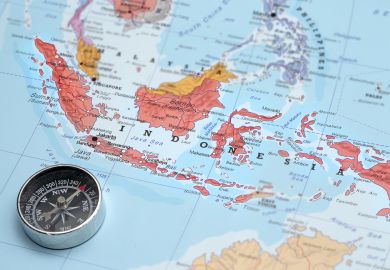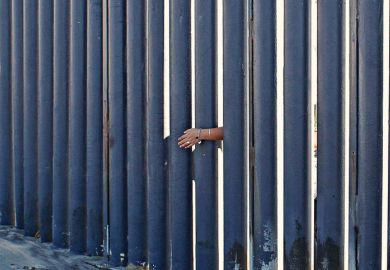It was envisaged as the world’s biggest free trade agreement, embracing half of the planet’s people and 32 per cent of global GDP. But it will have a modest impact on higher education, according to analysts.
Fifteen countries have committed to sign the Regional Comprehensive Economic Partnership (RCEP). They include the 10 Association of Southeast Asian Nations (Asean) member states – Brunei, Cambodia, Indonesia, Malaysia, Myanmar, Laos, the Philippines, Singapore, Thailand and Vietnam – as well as Australia, China, Japan, New Zealand and South Korea.
Australian trade minister Simon Birmingham said that even without India – which has opted out – the RCEP encompassed nine of his country’s top 15 trading partners, 58 per cent of its trade and 66 per cent of its exports.
“As their middle classes grow, this deal will open up new doors for Australian businesses and investors,” he said, citing benefits such as greater investment certainty and more coherent rules around e-commerce and intellectual property.
Australians will have to take his word for it, because the text of the agreement remains secret until it is signed next year. For now, details are restricted to summaries published by the Department of Foreign Affairs and Trade.
Analysts expect the RCEP to have minimal impact on universities, largely because Australia already has bilateral trade agreements with China, Indonesia, Japan, Malaysia, New Zealand, Singapore, South Korea and Thailand.
University of Technology Sydney deputy vice-chancellor Iain Watt said bilateral agreements were more useful than regional pacts for improving educational relations. “You can’t do qualifications recognition on a regional basis. You can’t loosen regulations around ability to deliver in country or recognition of online learning – all that has to happen bilaterally.”
Mr Watt said it was unfortunate that India had opted out of the RCEP, given the considerable restrictions on foreign educational institutions seeking to operate there. If the subcontinent giant had agreed to participate, local institutions may have had “more licence to explore things”, he added.
Mr Watt said the chief strength of regional agreements was not the specific measures they contained but the “change in the atmosphere” they signified. “These agreements add to that general feeling that we’re working more closely together. Relationships with South-east Asian countries are enhanced by having this broader agreement, which makes government officials perhaps more receptive.”
Group of Eight chief executive Vicki Thomson said RCEP’s main value was around “strategic positioning in a geopolitical context”.
“This is Australia joining with an important group of countries in our region,” she said. “It sends a strong signal around where we see ourselves in the future.”
As multilateral trade agreements generally do not contain visa provisions, the RCEP is unlikely to help resolve delays in processing research visas or ease worries about governments stifling student flows.
An academic who specialises in trade agreements said the RCEP could include mechanisms for foreign investors to sue governments over policy changes perceived to have hurt their businesses. This could help Australian education providers operating overseas, if their profits were affected by some sudden rule change.
It could also cut the other way. For example, a Chinese education operator could sue the Australian government if its operations were harmed by a regulatory move to limit China’s influence on campuses.
Register to continue
Why register?
- Registration is free and only takes a moment
- Once registered, you can read 3 articles a month
- Sign up for our newsletter
Subscribe
Or subscribe for unlimited access to:
- Unlimited access to news, views, insights & reviews
- Digital editions
- Digital access to THE’s university and college rankings analysis
Already registered or a current subscriber?








